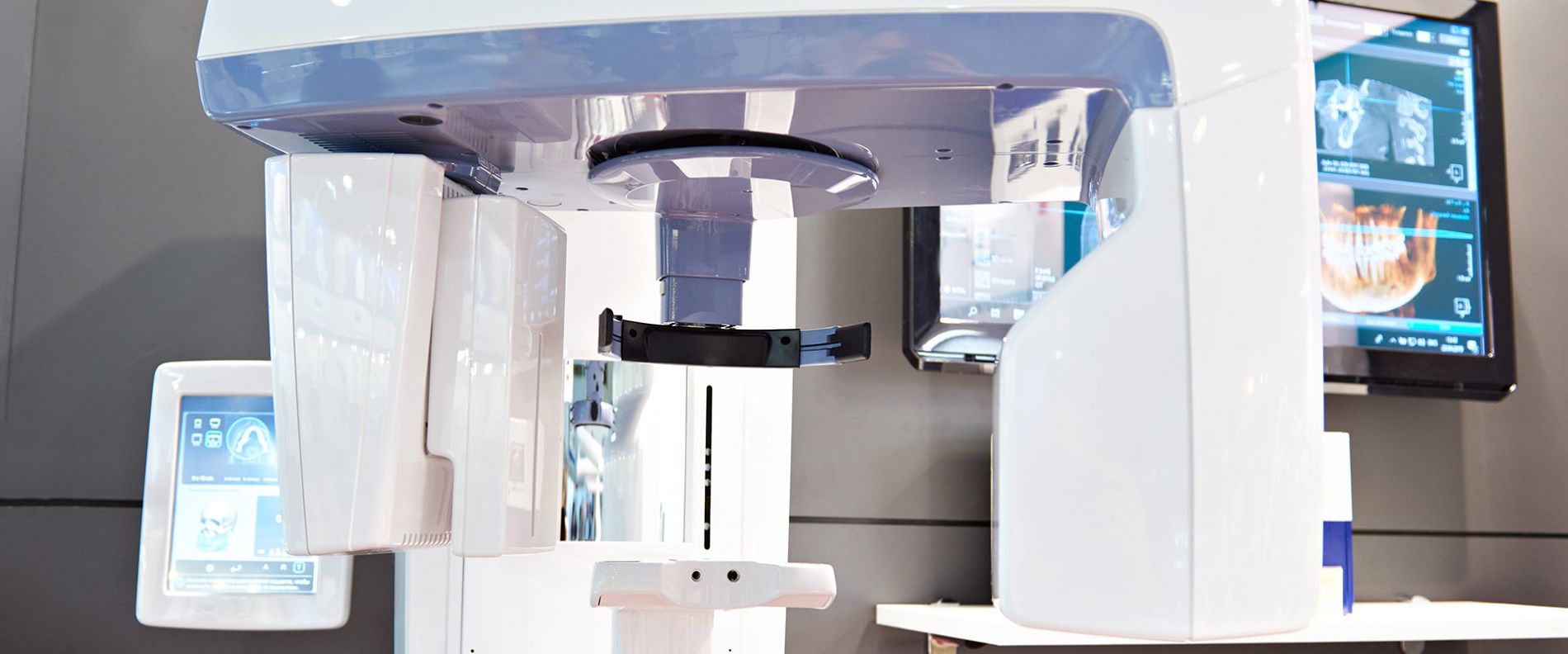Resources

- Teeth Supported Guides
- CBCT scans (in raw DICOM format). Note: patient’s teeth must be separated during CBCT scanning process; a commonly used technique involves separation of teeth with cotton rolls.
- Intraoral scans or surface scans (STL or OBJ format)
- Mucosa Supported Guides
- Dual scan records (please see dual scan protocol section)
- Alveolar Crest Supported Guides
- Patient’s CBCT scan is the only record we ask for. Note: this type of surgical guide will deliver amazing results if we have a good quality scan! Our technicians will perform a quality check within 3 days of case submission and notify your office staff if there is a problem. One of the most seen scan defects is -double image, caused by patient’s movement during the scanning process.
- Complete Prosthetic Delivery Guides
- Series of patient’s full face photographs:
- comfortable smile, patient looking straight at the camera
- exaggerated smile
- profile (note: when taking profile photograph, ask patients to slightly lift their chin so that Ala-Tragus line is parallel to the floor)
- 2 side photographs (left and right) of patient’s teeth in maximum intercuspation position
- CBCT scan. Note: if the patient is edentulous follow the dual scan protocol
- Intraoral scans or surface scans (STL or OBJ format)
Dual Scan Protocol process:
Step 1: make sure patient's dentures are not reinforced by any metal substructure
Step 2: check if an existing denture is fitting well. If there is a space between intaglio surface and soft tissue perform hard reline or use radiopaque impression material to simulate relined intaglio surface
Step 3: place radiopaque markers on the denture flange, approximately 5mm from the gingival margin represented in pink acrylic (4 to 6 markers is usually enough).
Step 4: position the denture on a foam block or any radiolucent platform in the CBCT system (teeth should always be oriented upward)
Step 5: confirm the entire surface of the denture was captured in the scan
Step 6: prior to scanning the patient make sure radiopaque markers positions remain the same
Step 7: Finally, perform a second scan of the patient wearing the denture in full occlusion. Note: if denture teeth are separated during the second scan, we cannot guarantee precision of guided drill trajectory.
